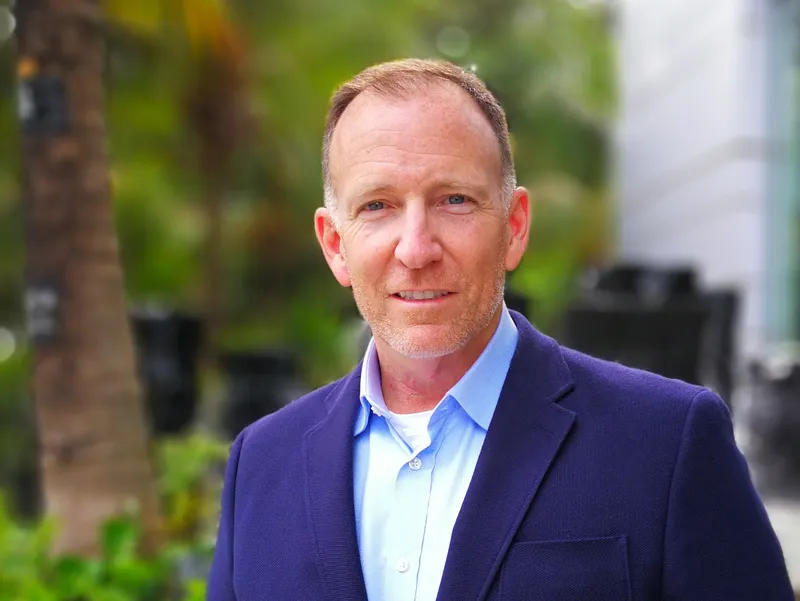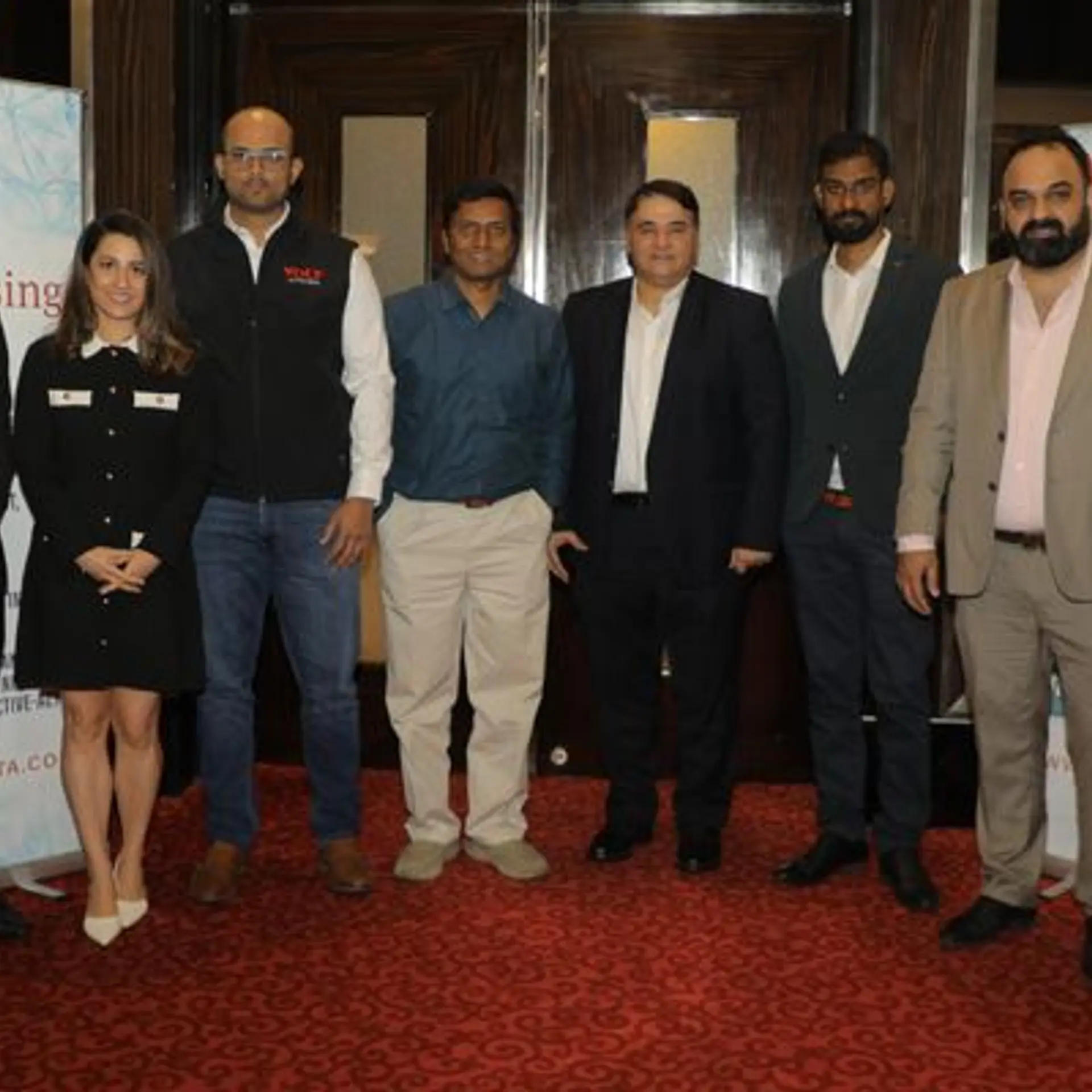Amazon wants to take Alexa to hundreds of third-party devices in India
Amazon wants to make its voice service ubiquitous by partnering with third-party manufacturers across mobiles, smart home appliances and automotive.
Amazon’s Artificial Intelligence (AI)-powered voice assistant Alexa is emerging as a trump card for the retail-to-technology behemoth. In its last-released earnings, Amazon said Alexa had “far exceeded expectations,” and contributed majorly to the firm’s 38 percent revenue growth in 2017. Amazon CEO Jeff Bezos also announced that he would “double down” on investments in Alexa.
Alexa debuted here in February with the wider rollout of Amazon’s Echo devices, which had earlier been made available on an invite-only basis on Amazon.in. Echo products are now available in offline stores too. Because Amazon is known to fiercely guard country-specific numbers, it is not possible to ascertain the number of Echo devices it has sold in India. But, Amazon claims that Alexa has gained great “momentum,” and it is onto some “great things” in the Indian market.
One of the core aspects of Amazon’s Alexa strategy has been its integration with third-party devices (non-Echo products). Amazon realises that to make Alexa truly “ubiquitous” across a billion devices, it needs to go beyond Echo.
There are nearly 100 Alexa Voice Service (AVS)-enabled products available to customers. These include computers, wearables, mobiles, car accessories, TV set-top boxes, smart home appliances, speakers, etc. Currently, more than 12,000 smart home devices from over 2,000 unique brands can be controlled with Alexa .

YourStory caught up with Adam Berns, Director of Business Development, Alexa Voice Service - Amazon, to get a lowdown on Alexa’s India plans and how it intends to actualise them.
Here are the edited excerpts:
YourStory: What is Amazon’s vision for Alexa in India? How does it approach a market like this?
Adam Berns: India is an extension of our broad vision for Alexa. There are two parts to our business - the first-party devices (Amazon Echo line of products), and third-party devices like Sonos, Ecobee, and other manufacturers. We want to make Alexa ubiquitous in people’s lives. We want them to be able to ask anything, whether they are in office or at home or in their car or just moving around with their mobile phone.
This ubiquity and usage is super important for us. To get there, we realise we will need hundreds of millions of devices (even a billion devices may be). Amazon will never get there with first-party devices alone. We have to tap into the richness of the third-party ecosystem.
One of the cool things about the third-party ecosystem is you get to work with companies that are at different price points compared to what we produce. You can tap into their industrial design, which is better than we would ever do, their scaling and manufacturing abilities and their customers.
As we approached a market like India, we found that it has a set of core strengths in its customer base and wants a set of core products. My team and I literally sat down and took our pipeline of US partners and checked who would be the equivalents of those in India. One of the things we realised is that we couldn’t map them like that.
So, we looked at who really was important in the Indian market. We thought about the aspects of the Indian market that would help drive our business... things like the importance of mobile, the scale and requirement at different price points. As you think about these things, it sort of drives the set of partnerships you look at.
YS: Did this dawn upon you after Alexa came to India, or was it always a part of the plan?
AB: It happened way earlier. Before we launch in any country, we work on a language and technology model from until two years before that. From a business perspective, we hire a team 18 months before launch.
In India, we wanted to put in place a support mechanism. We needed to have social architects, engineering support, and a really deep understanding of the market. We began working with key stakeholders who want to implement AVS. We even looked at partners that are US-based and haven’t been able to get into the Indian market.
We told them that we have a presence in India and we could help because we too want to get behind AVS products from a retail perspective. So, it is a win-win for both.
YS: What kind of third-party partnerships are you exploring in India?
AB: I don’t want to pre-announce anything before the official announcement happens. But we are typically looking at original equipment manufacturers (OEMs) that have voice at the core of their product, and want to implement Alexa. The canonical example would be Sonos wireless speakers which are now voice-enabled with Alexa, and that is a killer experience.
We’re just getting started in India. The partnerships that have already announced are with BPL and MyBox (which does videos on smart TVs). Mobiles would be a big area in India and automotive will be big too. There are a bunch of US partners who are trying to get into India - folks like Jabra, Harman Carden, and so on. Between now and Diwali, there will be a set of announcements in similar categories.
YS: Will mobile devices be the key focus given India’s huge smartphone population?
AB: I don’t think we’re going to have equal focus on each of the categories. But, we’ll be looking at all categories. It’s not just mobile. We absolutely want to focus on smart home appliances, STBs and smart TVs. There are some really interesting things we could do there. We look at each geography uniquely. Our German team, for instance, has a big focus on third-party audio and automotive. They don’t have enough focus on smart TVs or computing because there aren’t enough manufacturers.

YS: How are you attending to India-specific requirements from the OEMs? Are you speaking to those in the ecosystem?
AB: I do have a team here, there are business development people, social architects, partner managers, and marketing folks. They all work as one unit under AVS. Then, Alexa has a skills group here. We also have a first-party devices team. I get a lot of information through them. One of the things we invested in early on was in the belief that you had to be local if you wanted to make the right kind of products. We intentionally built up a sizeable team in India. Another part is talking to partners myself. I am in India roughly every three-four months, where I do presentations and meetings.
YS: Who are these people you meet? Are they developers or partners?
AB: There are a range of people. The typical person that licenses the AVS software development kit (SDK) is a developer. The people whom I meet most often are the OEMs. I tend to focus more on the interactions with the equivalent of a Sonos or a Jabra, or STB-makers, etc. The team has tried to expose me to the Indian market for STBs. They may put me in front of five to ten partners, and that helps me get a broad understanding of the space.
YS: What is Amazon’s preferred route to increase AVS adoption in India? Do you first ramp up the devices network or do you give Alexa a thousand skills that consumers find useful?
AB: I don’t think we have a choice. We have to do both, and we have done both. When we come into a market, we set the quality bar high for language understanding. In addition, we set a bar for how relevant Alexa skills are and how many are needed. If we don’t, we wouldn’t be credible or local or useful. On top of that, we need to have AVS-enabled products that are right for the market. So, our approach is to focus on both things together.
YS: How many skills does Alexa have? Which are the most popular ones in India? How often do you add skills?
AB: When Alexa was launched in India, we rolled out the AVS kit and the skills kit together. We have seen a lot of momentum in skills. We launched with 10,000 skills and now we have 15,000. In the first three months, we added one skill every 90 minutes. We have a developer evangelist programme too. Globally, we have 35,000 Alexa skills, and that number is dynamic. Popular local skills like ‘Gayatri Mantra’ and ‘Sachin chants’ have been developed by Indians.
The Alexa skill kit is available to all and even the average consumer can register on the developer portal, use the templates, and enable a skill. The skill you add would be up and running in a very short time, and is available to everyone. We want our customers to use Alexa the way they want to.
The thing is, whenever you have a new technology, you have to believe that you don’t know everything. You have to get it into the customers’ hands to know it.
YS: Indians are just about warming up to the idea of asking Alexa to ‘play music’. How soon can we reach a stage where Alexa becomes ubiquitous?
AB: It’s going to be way quicker than you can imagine. We can already see the momentum Alexa has picked up here. It is magnetic right now. People start by listening to music, but it changes their music behaviour too. In the US, we see people start using Alexa on one device, and that typically expands to two or three devices within a few weeks. It becomes a virtuous cycle. When people learn to do things in one place, they want to do it in another place too. Because, it becomes a habit.
The market potential is crazy. India is where the US was a few years ago. But, it changed dramatically, and that is why there is such a big opportunity here. It is not just geeks and men between 18 and 25 who use our products. Everybody uses it, and when you have everybody using it, what they use it for is going to be super surprising.
YS: What is India’s average user engagement with Alexa? How is that growing?
AB: We don’t give out a number, but our daily and monthly usage has always been very high. As soon as people buy our devices, they use it a lot, and that high usage is maintained throughout. Typically, usage drops for other devices.
Let’s say when a person buys our device, he’s using it 70 percent of the time. Five months down the road, he would still be using it 70 percent of the time. So, people are sticking with it. We see an expansion of usage across domains and activities.
YS: What challenges does AVS face, both on the consumer as well as devices side?
AB: Challenges are time-based. We have only started. AVS has existed for less than three years. So, you cannot compare the quality of our SDK to a Windows SDK, which has been around for 27 years. We are still inventing stuff and adding to each of the domains. People who are building products want to get them out super quickly, and want a super-high quality product too. So, they need to have high-quality developer tools. We work very hard to provide them that. But, we can only do so much in so much time.
YS: A word on competition, given Google Home is in India now? How does Amazon Alexa plan to stay relevant?
AB: Our DNA is not to focus on competition. We focus on our partners, our developers, and our customers. Amazon has always distinguished itself with its long-term commitment to customers. We have been focusing on them even when we couldn’t monetise it. To be relevant, you have to play at a major scale.
India is an interesting market for us because here we are talking about hundreds of millions of endpoints. We’ll do some great things in India.







